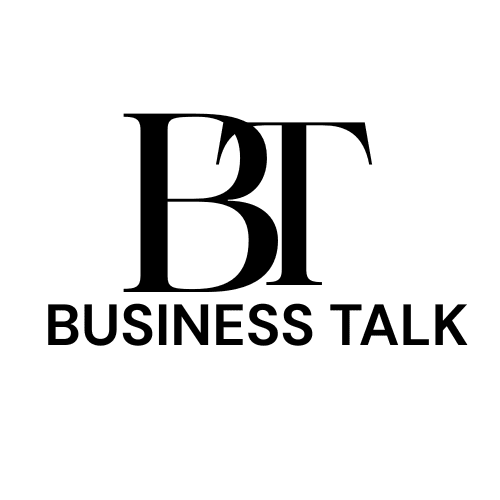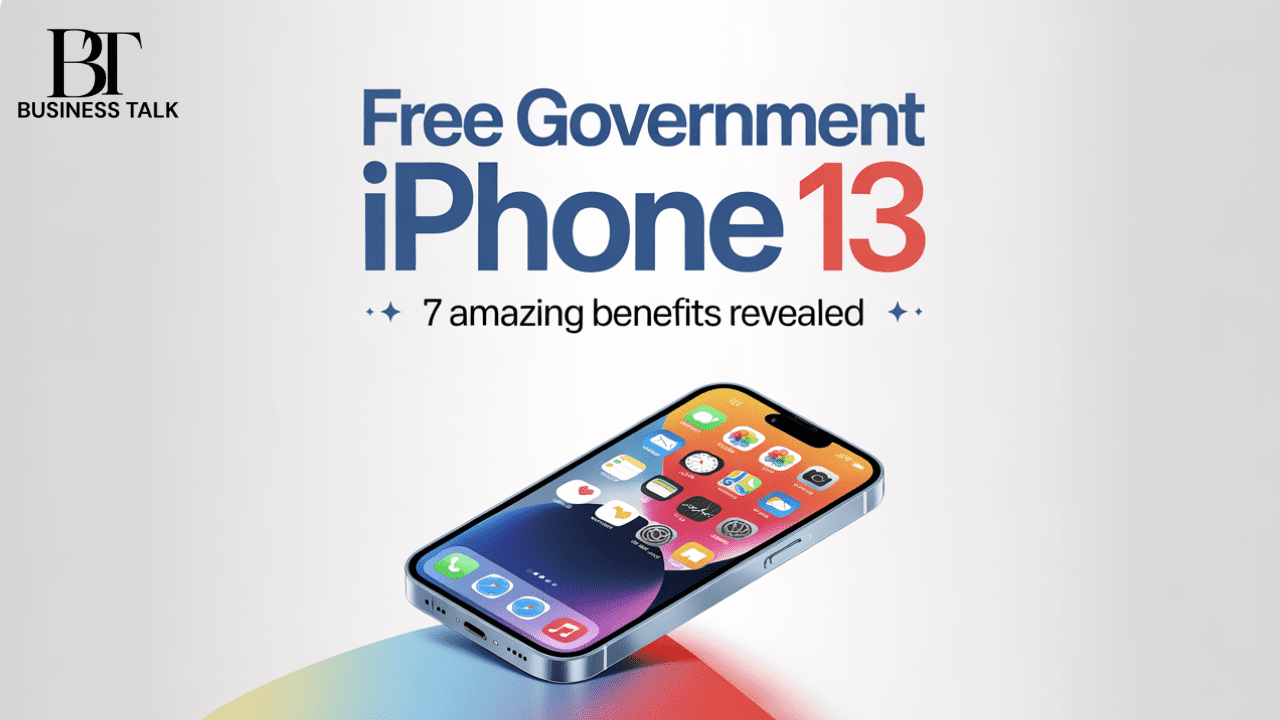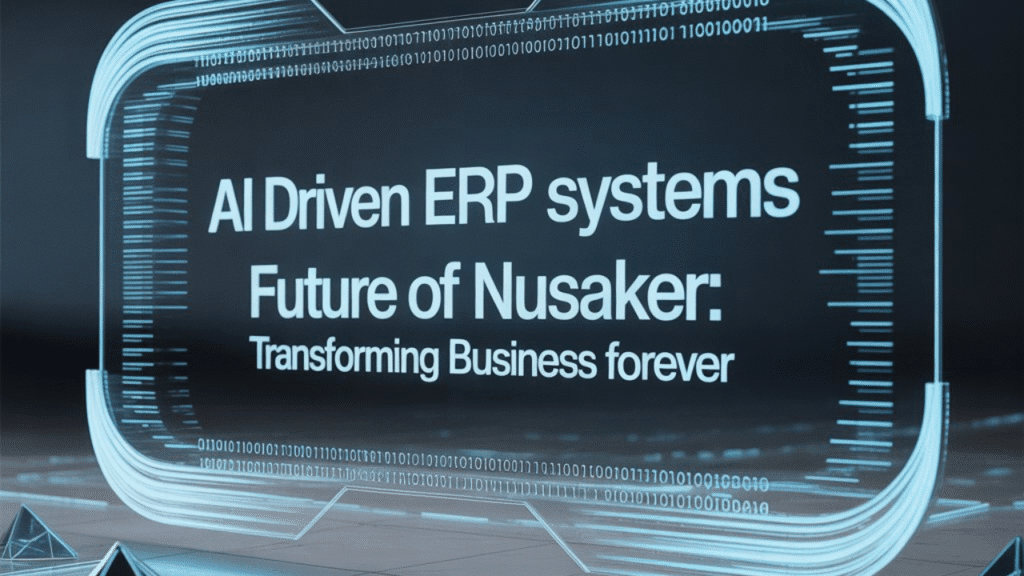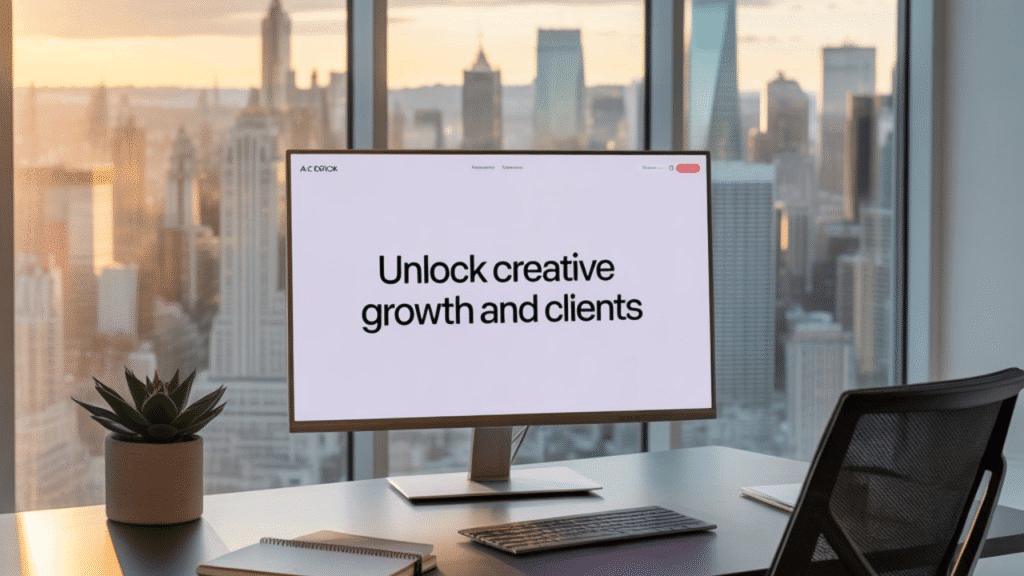In the United States, access to modern smartphones has become a necessity rather than a luxury. Programs that provide a free government iPhone 13 are designed to help low-income individuals and families stay connected in an increasingly digital world. Smartphones are essential tools for communication, online learning, healthcare access, job applications, and financial management. With the iPhone 13’s advanced features, eligible Americans gain not just a device but a gateway to opportunities, safety, and digital empowerment. This article explores the program’s benefits, eligibility, technology infrastructure, and future potential.
Understanding the Free Government iPhone 13 Program
The free government iPhone 13 initiative is part of broader digital inclusion efforts, including Lifeline and other state-level assistance programs. These initiatives aim to reduce the digital divide by providing a high-quality device to eligible Americans. Beyond the physical smartphone, these programs often include free or discounted cellular plans, internet access, and preloaded educational or government apps.
Research from digital inclusion journals emphasizes that providing free smartphones to underserved populations significantly improves access to education, healthcare, and employment opportunities. This ensures that technology benefits are available to all, regardless of income.
Eligibility Criteria for the Free Government iPhone 13
To qualify for a free government iPhone 13, applicants must generally meet specific criteria, including enrollment in programs like Medicaid, Supplemental Nutrition Assistance Program (SNAP), or federal housing assistance. Some states also evaluate income thresholds and household size. Documentation such as proof of participation or income verification is typically required.
Programs ensure that recipients are U.S. residents and have a legitimate need for connectivity. These criteria help maximize the program’s impact and reach those who truly benefit from a free government iPhone 13.
Benefits of Receiving a Free Government iPhone 13
Owning a free government iPhone 13 provides numerous advantages:
- Reliable Connectivity: Recipients gain access to mobile networks and the internet, essential for online learning, telehealth, and employment applications.
- Digital Literacy: Using a modern device like the iPhone 13 improves familiarity with apps, online portals, and digital tools.
- Enhanced Safety: Emergency services, GPS navigation, and communication apps help individuals stay safe.
- Economic Opportunities: Access to job listings, freelance work platforms, and banking apps increases financial independence.
Many recipients experience improved quality of life and greater engagement with essential services due to the combination of the iPhone 13’s features and program support.
Expert Insight on Technology Accessibility
As Dr. Emily Stanton, a digital inclusion researcher, explains:
“Providing high-quality devices such as the iPhone 13 to low-income individuals dramatically improves access to critical services and social mobility.”
This highlights that the Free Government iPhone 13: 7 Amazing Benefits Revealed is more than a convenience; it is a tool for empowerment, enabling recipients to engage fully in the economy, education, and healthcare systems.
How the Free Government iPhone 13 Program Works
Eligible participants apply through authorized program providers or state portals. Once approved, the device is shipped with setup instructions, SIM cards, and preloaded apps relevant to education, employment, or government services.
Programs often provide tutorials to help recipients maximize the use of their new device, including tips for app navigation, privacy protection, and connectivity management. Support services may also include technical assistance and troubleshooting for hardware or software issues, ensuring a smooth user experience.
Technology Infrastructure Behind Free Government iPhone 13 Programs
The distribution of a free government iPhone 13 relies on partnerships between government agencies, Apple, and mobile carriers. These partnerships allow for secure, updated, and fully functional devices with subsidized data plans.
Program administrators also use technology platforms to monitor usage, track device effectiveness, and maintain transparency. This infrastructure ensures the program operates efficiently, providing eligible citizens with reliable technology and access to digital services without unnecessary costs.
Potential Challenges and Considerations
While the free government iPhone 13 program is beneficial, there are challenges. Device misuse, loss, or theft can occur. Users must also understand cybersecurity and privacy practices to avoid phishing or data breaches. Coverage limitations in some regions may affect connectivity, and recipients may require additional accessories to fully utilize the device.
Despite these challenges, the benefits—access to communication, digital literacy, and opportunity—far outweigh the risks. Programs continue to evolve to address potential issues and improve user experience.
Technology and Social Impact
Providing a free government iPhone 13 has measurable social benefits. Access to digital tools reduces barriers for low-income families, increases participation in online education, and improves employment prospects. It also allows users to access telehealth services, emergency notifications, and government programs more efficiently.
According to recent studies, technology inclusion programs positively affect participants’ long-term economic mobility, social engagement, and educational outcomes. The iPhone 13’s advanced capabilities enhance these benefits further, making it a powerful tool for empowerment.
Future of Free Government iPhone Programs
The future of programs distributing devices like the free government iPhone 13 looks promising. With ongoing digital transformation, smartphones will remain essential. Innovations in low-cost data plans, device recycling programs, and inclusive technology initiatives will expand reach.
Government agencies and nonprofit organizations are exploring ways to preload educational apps, financial management tools, and government service platforms, maximizing the impact of these devices. AI-based support and machine learning analytics may also help track usage patterns and improve program effectiveness in the coming years.
Conclusion
The free government iPhone 13 program is a vital initiative that bridges the digital divide in the United States. By providing high-quality smartphones to low-income Americans, these programs enhance connectivity, promote digital literacy, and support access to essential services. Combined with structured training, data plans, and program support, the initiative empowers recipients to participate fully in modern society.
With continued expansion, innovation, and support, the free government iPhone 13 program represents an essential step toward equitable technology access and social inclusion.





